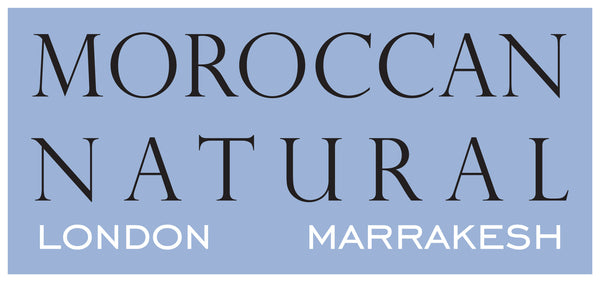What colourful and wonderful traditions we host around the world! Beyond our shores, there’s a diverse range of Christmas and Christmas-like festivities through December and the New Year. Although our home-grown merriment is much coveted our not so distant neighbours sometimes do it better!
Beware: Adopting some of these may spark a longing for exotic lands…
Sweden celebrates the feast of St Lucia, their patron saint of light, on December 13th. A public procession and service is carried out on this day, with culinary delights featuring Lussekatt, a saffron flavoured bun with raisins. On Christmas Eve, the gnome Jultomten and his steed, the Yule goat Julbock bring gifts to children. Christmas day focuses on a banquet called Julbord of aromatic ham, fish and soup. God Jul!!

Four days before Christmas, the feast of Saint Thomas is celebrated in San Sebastian. The city is peppered with market stalls that showcase the infamous Txistorra (fresh chorizo-like) sausage, attended by men, women and children in their traditional dress. Olentzero is the focus of Christmas day with an effigy of this alternative Santa Claus farmer. He’s carried around the streets whilst carols are sung, ending in a final bonfire to toast the occasion. The finest Turkeys, Txistorra, lamb tripe with Tola (flat bread) washed down with a shot of Sidra (Cider) is the order of the day. Eguberri On!

Kwanzaa is the most modern Christmas-like tradition, having begun in the 1960's as an alternative holiday for African Americans. The week-long celebration of African culture straddles the days between Christmas and New Year’s. The festival is centred on the seven principles; each accorded a day of observance: Umoja (Unity), Kujichagulia (Self-Determination), Ujima (Collective Work and Responsibility), Ujamaa (Cooperative Economics), Nia (Purpose), Kuumba (Creativity) and Imani (Faith). During the celebrations, involving dance and music, the dress is traditional African; kaftans (West African wrapping dresses), kufi caps (short rounded caps), and dashiki's (men's West African shirts) are standard dress. Heri za Kwanzaa!

In Mexico, Christmas is celebrated from the December 12th to January 6th.From December 16th to Christmas Eve, children often perform the 'Posada' processions or Posadas. Posada is Spanish for Inn or Lodging. There are nine Posadas. These celebrate the part of the Christmas story where Joseph and Mary looked for somewhere to stay. Christmas Eve is known as 'Noche Buena' and is a family day. People often take part in the final Posada and then in the evening have the main Christmas meal. At midnight, many people go to a Midnight Mass service, known as the 'Misa de Gallo' (which means Mass of the Rooster as people are up early like Roosters!). There are lots of fireworks to celebrate Christmas Day.
In some states in Mexico children expect Santa Claus to come on December 24th. In the south of Mexico children expect presents on January 6th at Epiphany, which is known as 'el Dia de los Reyes'. In Mexico, presents might also be brought by 'El Niñito Dios' (baby Jesus) & Santo Clós (Santa Claus) Feliz Navidad!

Natale tends to be a family-centric holiday in Italy, a time to stay at home (and eat!) with loved ones. Christmas officially kicks off with the Day of the Immaculate Conception of Mary on December 8. This is when decorations go up (both on the streets and inside Italian homes) and when some Christmas markets start. The eight days before Christmas, also known as the Novena, are filled with carolers singing traditional songs around the neighbourhood To prepare and purify their bodies for Christmas Day, Italians avoid meat on la Vigilia (Christmas Eve). Although the idea is to eat lean, most indulge on multiple courses of fish… sometimes as many as seven!

After the “light” Christmas Eve dinner, on Christmas Day, Italians invite their family and friends for a large lunch that usually goes on all day. Many save up to have the most lavish celebration possible, serving up traditional dishes like pasta in brodo (broth), roasts and traditional desserts like Panettone. Celebrations often extend into December 26 with the national holiday of Santo Stefano; families get together and eat leftover Christmas dishes and sweets. The official end of the Christmas season, though, isn’t until January 6—the Day of the Epiphany, and the twelfth day of Christmas. On the eve of the Epiphany, families usually prepare a large dinner to mark the end of the holiday season. Buon Natale!
No matter where you reside, we wish you the warmest of Season’s Greetings.

